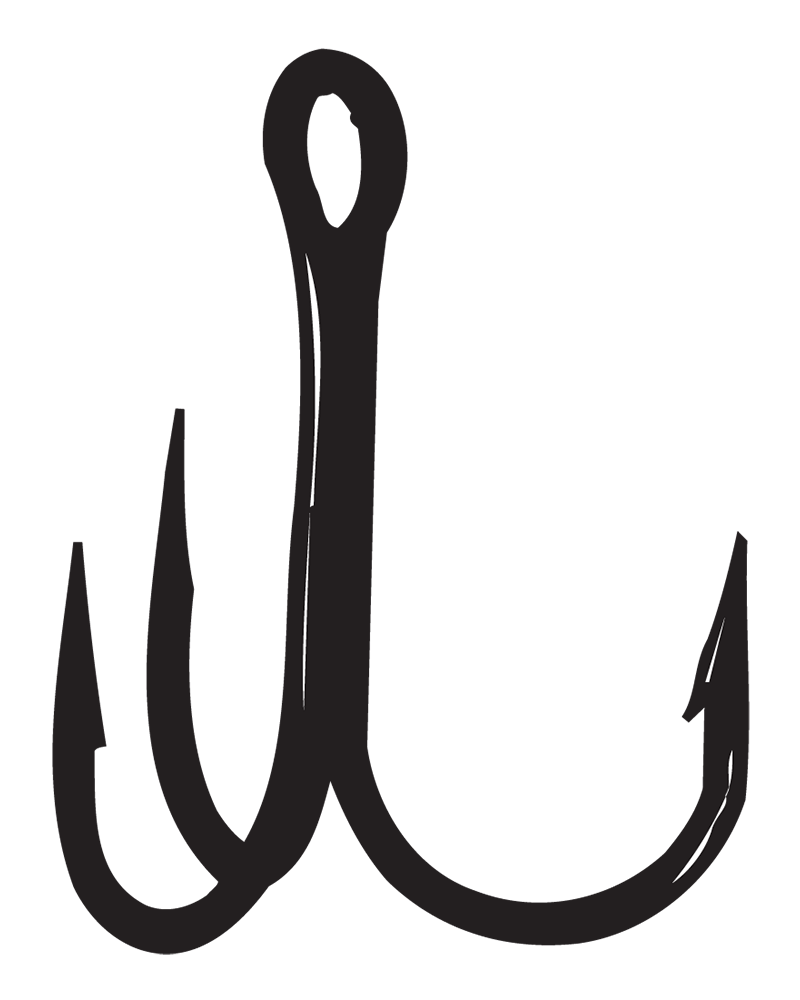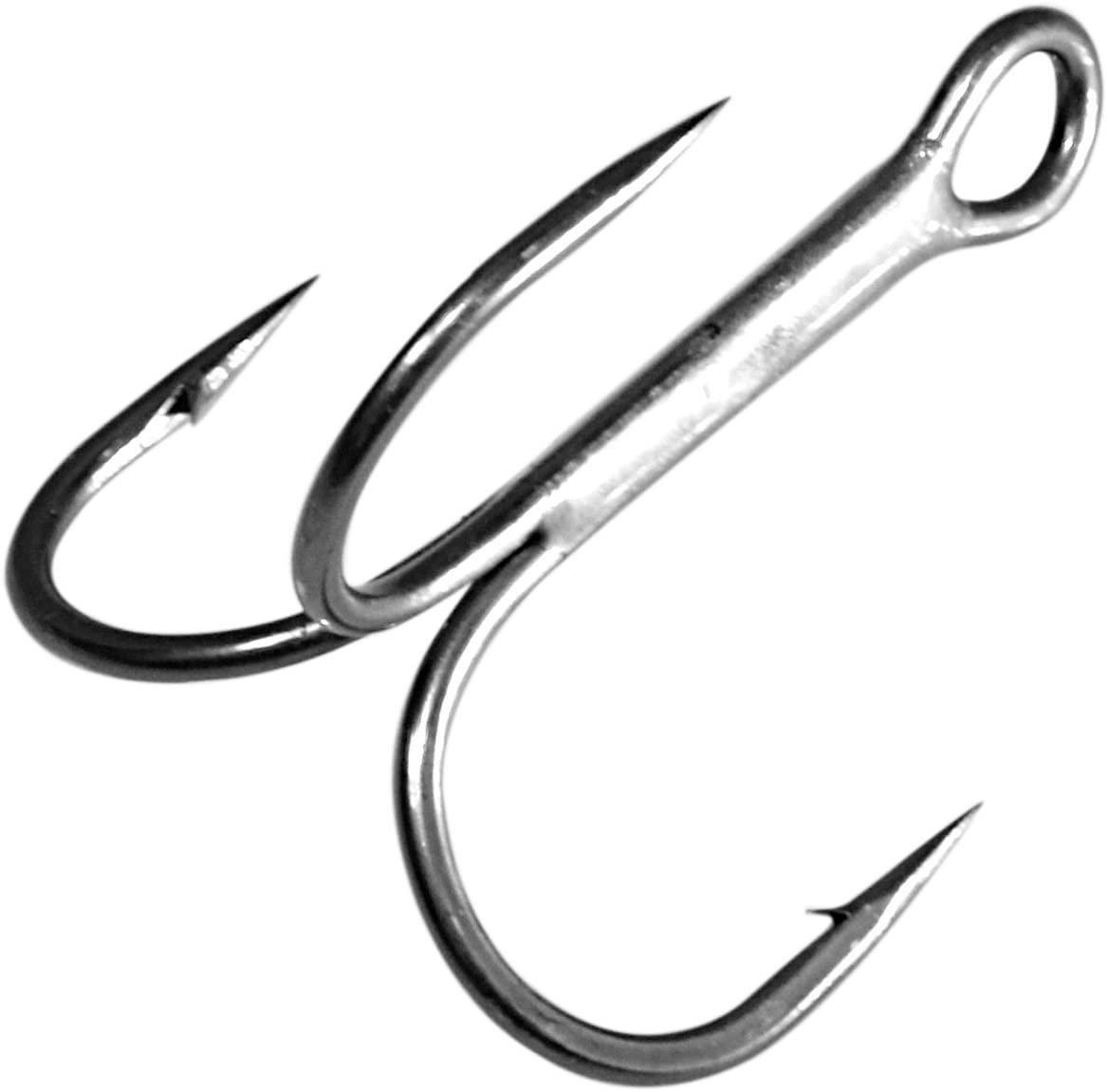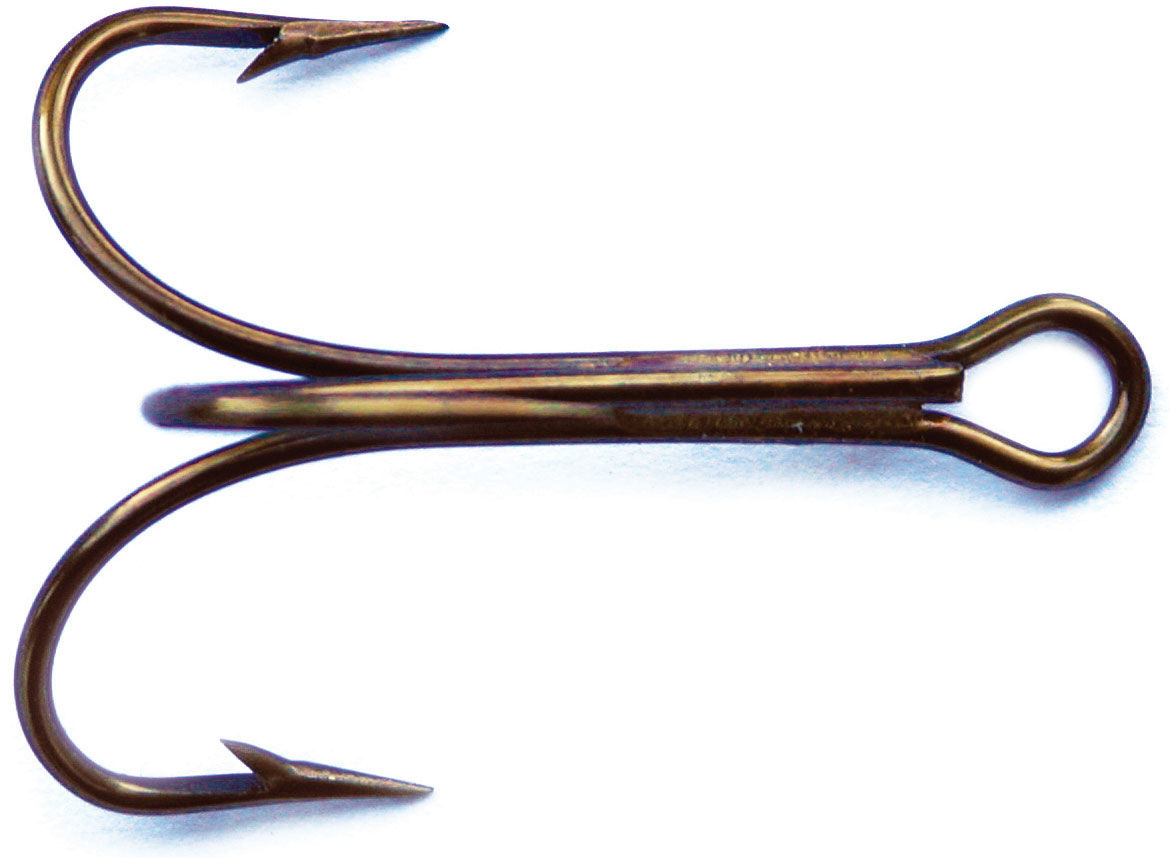

Standard shank – The longer standard shank length allows for better hookup rates in open water, especially with longer-bodied lures, which naturally separate the trebles. This style is also less apt to snag cover. Short shank – The shortened distance from the eye to the bend helps trebles stay snug to a lure’s body and keeps hooks from catching each other on shorter lures. We won’t dive into the sharpness debate, but instead will break down hook design characteristics and sizing ideas to consider how such distinctions affect the action of lures and an angler’s capacity to hook fish and keep them hooked. Hook manufacturers use various processes for sharpening hook points and different point designs, and everyone measures sharpness differently. And eventually all treble hooks need to be replaced due to rust, damage, dullness or other factors resulting from wear and tear. Some high-end crankbaits, jerkbaits and topwater lures are equipped with tournament-ready hooks, but pros commonly want a different shank length, bend, wire diameter, size or color of treble than the lure-maker chooses to use. Less-expensive stock trebles are usually replaced with ultra-sharp premium hooks of the angler’s choice. If you’d like to sign up for a digital subscription to access articles online, click here).Īs a general rule, the treble hooks on the lures of most tournament pros aren’t original equipment. To read more compelling articles from Bass Fishing magazine each month, become an FLW subscriber member. Call us at 80 to find out more about single hooks and other fishing gear and shop your fresh and saltwater fishing tackle today.(Editor’s note: This article originally appeared in the 2013 October issue of Bass Fishing magazine. Our staff has an intense passion for fishing and believe that the process of shopping for your fishing gear should be just as exciting and fun as the fishing trip, itself. One thing to remember is to always use the sharpest hook to allow bait presentation to look as natural as possible and keep the bait alive longer.Īt Fishermen’s Source, we’re here to help you make decisions on what equipment will best suit your fishing goals.


Shop Single Hooks, Lures, Reels and More at Fishermen’s SourceĬhoosing the right fishing hook is an art. Hook size and gauge will be based on the size of your bait first, then the type (and size) of fish that you’re targeting and finally, the kind of terrain you’ll be fishing in and around. These run from very thin wire to thicker gauge wire. They are also made in various thickness, known as wire gauges. Hook sizes range from small to large they are defined by “sizes” and “aughts.” The 1/0 is the median (middle) of the hook scale. For anglers planning to keep their fish, a treble hook is a good choice.ĭouble hooks, mainly used with artificial flies, are not as common as either single or treble hooks.Īs with other essential fishing gear, there are many options when it comes to choosing the right type and size of hook. Ready to stick fish no matter angle the fish attacks or the lure’s position, they effectively hook on the fish. Treble hooks (three main points) have an excellent hook up. Planning to catch-and-release? Single hooks are a great choice as they can increase the survival rate among fish. For anglers who troll, their main advantage is in their resistance to collecting weeds. The discreet presence of a single hook can fool even the of fish. As another advantage, once a fish hits the lure and shakes its head, the hook drives deeper offering a better hook-up ratio as there is only one hook point to penetrate the fish’s hard mouth. With good buoyancy, a single hook is light, sharp and strong, they’re designed to show less resistance during use, enhancing lure action. The most common fish hook used with many types of lures is the single hook. Understanding the strengths and weaknesses of your tackle comes about best by spending time on the water, but here are a few tips to consider with looking at with single or treble hooks. Replacing lighter hooks with heavier ones, for example, can be the difference between tackling a stronger fish or letting it swim away. And it’s not uncommon for anglers to specialize their fishing gear to catch more fish. Terminal tackle ,including single hooks, sinkers, snaps and swivel as well as floats are all an important part of your gear. Most anglers know it takes more than a lucky lure to land a trophy catch.


 0 kommentar(er)
0 kommentar(er)
